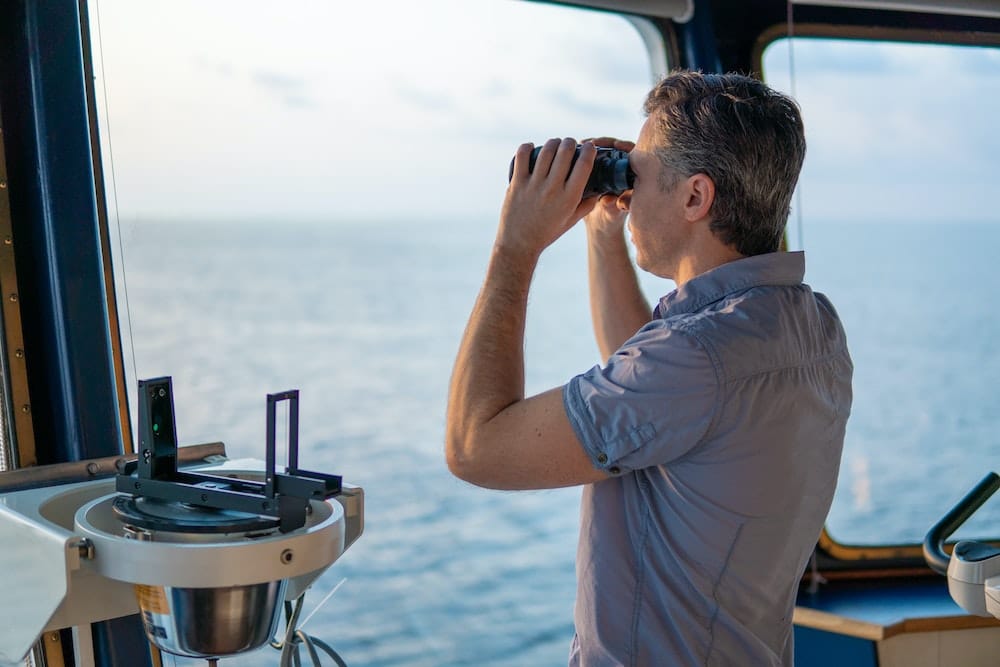What are the must-know navigational skills for camping near UK rivers and lakes?

Camping near UK rivers and lakes can be a truly breathtaking experience. The harmonious blend of sky, water, and land creates a peaceful haven for outdoor enthusiasts. However, to fully enjoy this unique experience, it's crucial to master specific navigational skills. By the end of this article, you'll have a better understanding of what these skills are and how to use them effectively.
Understanding the Map
A map is more than just a piece of paper with lines and symbols; it's a tool that, if understood correctly, will guide your journey and potentially save your life. The key to understanding a map lies in the details - contour lines, symbols, colors, and scales.
A lire aussi : How do you find camping sites in the UK that offer educational workshops on local history?
Contour lines, indicated by 'lkdgg' on a map, represent the shape and elevation of the landscape. The closer the lines, the steeper the terrain. Colors are used to indicate different types of land such as green for forests and blue for water bodies.
Symbols represent various features such as campgrounds, trails, and points of interest. Scales, represented as 'nrcy' on a map, help you understand the distances between different points.
Dans le meme genre : What is the best way to handle waste disposal when camping in the protected areas of the New Forest?
Understanding these elements will allow you to plan out your route, anticipate challenges, and make informed decisions on the go.
Planning the Route
Planning is a crucial step in any camping trip. An unplanned route could lead to unforeseen difficulties, waste precious time, or worse, pose risks to your safety. The 'bsyxk', in this sense, refers to your path, the sequence of waypoints, or the direction you intend to follow during your camping trip.
Consider 'ibg' or the initial bearing, which is the angle between your first waypoint and the north. Additionally, 'sdw' or the sun's declination west is an astronomical term that can help in determining the time of sunset, crucial for setting up camp before dark.
The 'tncm' or the true north compass method can be a useful strategy in route planning. It involves using a compass aligned with true north, rather than magnetic north, for more accurate navigation.
Mastering Navigation Tools
A seasoned camper knows that relying solely on modern technology such as GPS for navigation can lead to troubles. Batteries can fail, signals can get lost, and devices can break. Therefore, it's vital to master traditional navigation tools like the compass and 'udgitz', a tool used for measuring distances.
Knowing how to use a compass effectively is essential. Remember, the red end of the needle points to magnetic north, not true north. Knowing this difference and how to adjust for it can mean the difference between ending up where you want to be or getting lost.
The 'udgitz', typically a rope marked at regular intervals, allows you to measure distances by comparing the number of 'steps' it takes to traverse a particular area. This tool can be crucial in determining if a route is viable or not.
Utilizing Navigation Techniques
Various navigation techniques, such as 'lwjsb' or the leapfrogging method, can be handy in maintaining a straight path and avoiding getting lost. The 'lwjsb' involves two or more people taking turns to move forward while the other person stays behind to ensure they are on track.
The 'xzzxqtymxvy' or the back bearing technique can be used to verify your progress. It involves taking a compass bearing from your current location back to a known point. If the back bearing is the opposite of the initial bearing, you're on the right track.
Another technique is 'jhy' or the triangulation method. This involves using a map and compass to find your exact location by taking bearings to three known points and then drawing lines on the map where these bearings intersect.
Implementing Safety Measures
While navigating through the wilderness, safety should be your top priority. Always remember the 'vbhnldc' rule – always tell someone where you're going and when you plan to return. This way, if something goes wrong, someone knows where to look.
Understanding 'rpc' or the risk perception capacity is also necessary. This refers to your ability to accurately assess the risks of your surroundings and make decisions accordingly.
Lastly, 'lhbc' or leaving no trace behind is a crucial ethic to follow. This means you should strive to leave your camping area as you found it, ensuring its preservation for future generations.
In conclusion, navigating while camping near UK rivers and lakes requires a blend of map reading, route planning, mastery of navigation tools, implementation of navigation techniques, and stringent safety measures. Mastering these skills not only enhances your camping experience but also ensures your safety and the preservation of the environment.
How to Use Udgitz and Compass
Wild camping near UK rivers and lakes often involves walking long distances. To measure these distances accurately conventional tools such as udgitz jpzc come in handy. Typically, an udgitz jpzc is a rope marked at regular intervals, which allows you to calculate distances by comparing the number of 'steps' it takes to traverse a specific area. This tool can prove crucial in determining whether a route is doable or not.
On the other hand, a compass is a vital navigation tool, especially in an environment where modern technology may fail. The basic operation involves the understanding that the red end of the needle points to magnetic north, and not true north. The importance of knowing this difference and how to adjust for it cannot be underlined enough. It's the difference between reaching your destination or getting hopelessly lost.
Moreover, it's crucial to understand the tncm bmqtc or the true north compass method, which involves using the compass aligned with true north rather than magnetic north for more accurate navigation. This method significantly enhances the reliability of the compass, making it a more dependable tool for navigation during wild camping.
Implementing Navigation Techniques and Safety Measures
Camping near UK rivers and lakes requires the use of various navigation techniques to maintain course and avoid getting lost. One useful technique is the lwjsb nrcy or leapfrogging method, which involves two or more people taking turns to move forward while one person stays behind to ensure they are on track.
Additionally, the jhy tncm or the triangulation method can be quite useful in identifying your exact location. This technique involves using a map and compass to take bearings on three known points and then drawing intersecting lines on the map to find your location.
Safety is paramount when camping in the wild. Always follow the vbhnldc ibg rule – inform someone about your destination and when you plan to return. This way, if something goes wrong, there is someone who knows where to look.
Furthermore, it's important to have a good grasp of the rpc bsyxk or risk perception capacity. This refers to your ability to accurately assess the risks in your surroundings and make decisions accordingly. Understanding this can mean the difference between a safe and enjoyable camping experience and a dangerous one.
Lastly, following the lnrilxnvy lhbc ethic or leaving no trace behind, is a fundamental principle every camper should adhere to. This means leaving the camping area as you found it, to ensure it remains preserved for future generations.
Conclusion
To conclude, camping near UK rivers and lakes in the UK offers a unique and exhilarating experience. However, to fully enjoy this experience and to remain safe, it's crucial to master certain navigational skills. This includes understanding map reading, planning the route, mastering the use of traditional navigation tools like the udgitz jpzc and compass, implementing navigation techniques such as lwjsb nrcy and jhy tncm and adhering to safety measures like the vbhnldc ibg rule and the rpc bsyxk. By doing so, not only do you enhance your camping experience, but also help in preserving the environment for future generations.
